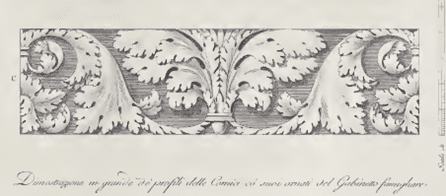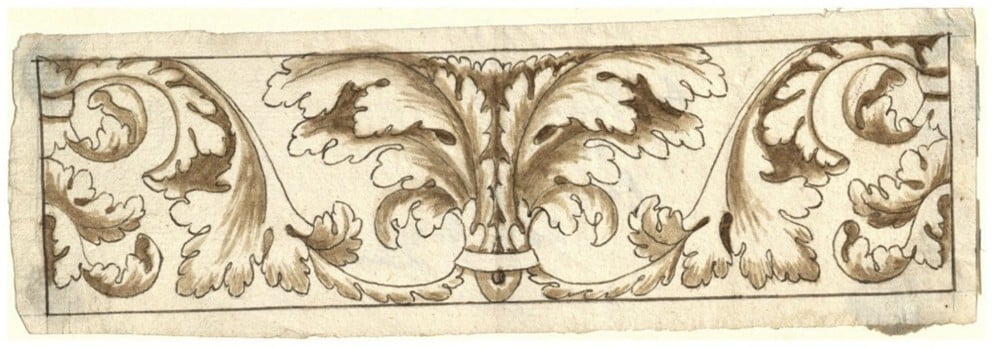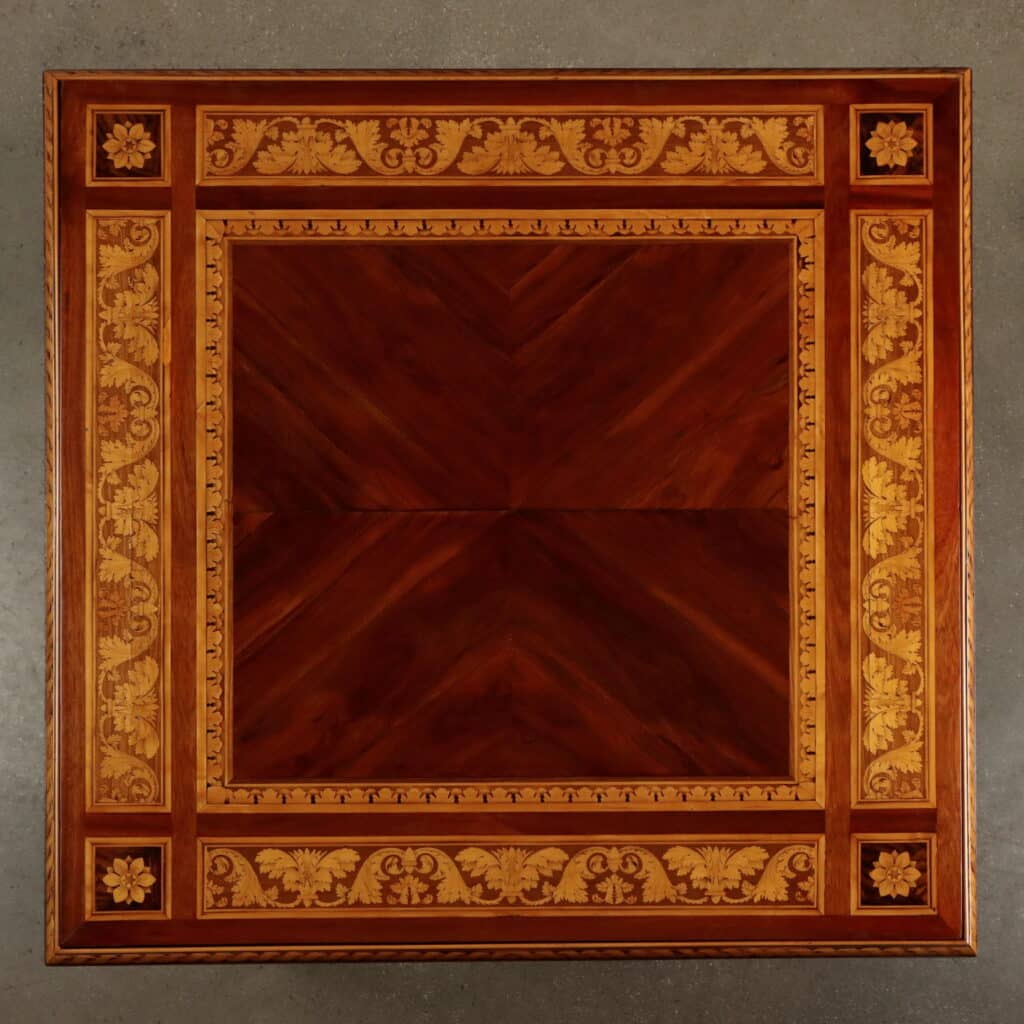- Gaming table. Giuseppe Maggiolini, Parabiago, early 19th century.
Square gaming table with four truncated pyramidal legs; the top, set within a frame, features a release spring mechanism that allows it either to be removed to access the storage compartment within the apron or to be flipped over to reveal the side covered with gaming cloth. The frame housing the top is inlaid with a ribbon-like Greek key motif.
The top has a large central reserve in quartered East Indian walnut, framed by an inlaid band of successive leaf motifs, and bordered on each side by wide bands containing alternating acanthus leaf designs. At each corner, four small square reserves house floral rosettes.
The table is veneered in East Indian walnut, bois de rose, mahogany, walnut burl, maple, and boxwood.
Dimensions: 80.5 × 83 × 83 cm
CODE: ANTATV0220298
As thoroughly documented by Giuseppe Beretti, in the early years of the 19th century, Giuseppe Maggiolini’s workshop produced a significant number of gaming tables, both for private clients and for the Napoleonic court. There were mainly two types: foldable tables, with tops that doubled in size, and square or rectangular tables with tilting tops, like the one described here. A spring mechanism allows the top, housed within the frame, to be detached and flipped over to reveal the gaming surface.
The dominant decoration on this table is the elegant border featuring a sequence of alternating acanthus leaves.
In the “Fondo Maggiolini”, preserved in the Drawings Cabinet of the Sforza Castle, the design for this motif is recorded under the catalog number FM A 347. In fact, the motif was inspired by a design proposed by Albertolli, which was also published in the collection “Ornamenti diversi…” printed in 1782.



In 1807, the Maggiolini workshop had to respond to a major commission for the Royal Palace of Monza, producing a very large number of similar gaming tables. Today, around thirty of these tables are still preserved, which explains the abundance of related designs found in the “Fondo Maggiolini” collection.
As always, the craftsmanship is of a high standard and remains a distinctive hallmark of the workshop’s production.


FineArt is the new ambitious Di Mano in Mano project that offers an exclusive choice of antiques and design works, presenting them for their singularity and uniqueness.

FineArt by Di Mano in Mano is a team of experts at your service to enhance furniture, paintings, finest antiques, art and design masterpieces at best.
Di Mano in Mano
Via Castellazzo 8, Cambiago (MI)
20040